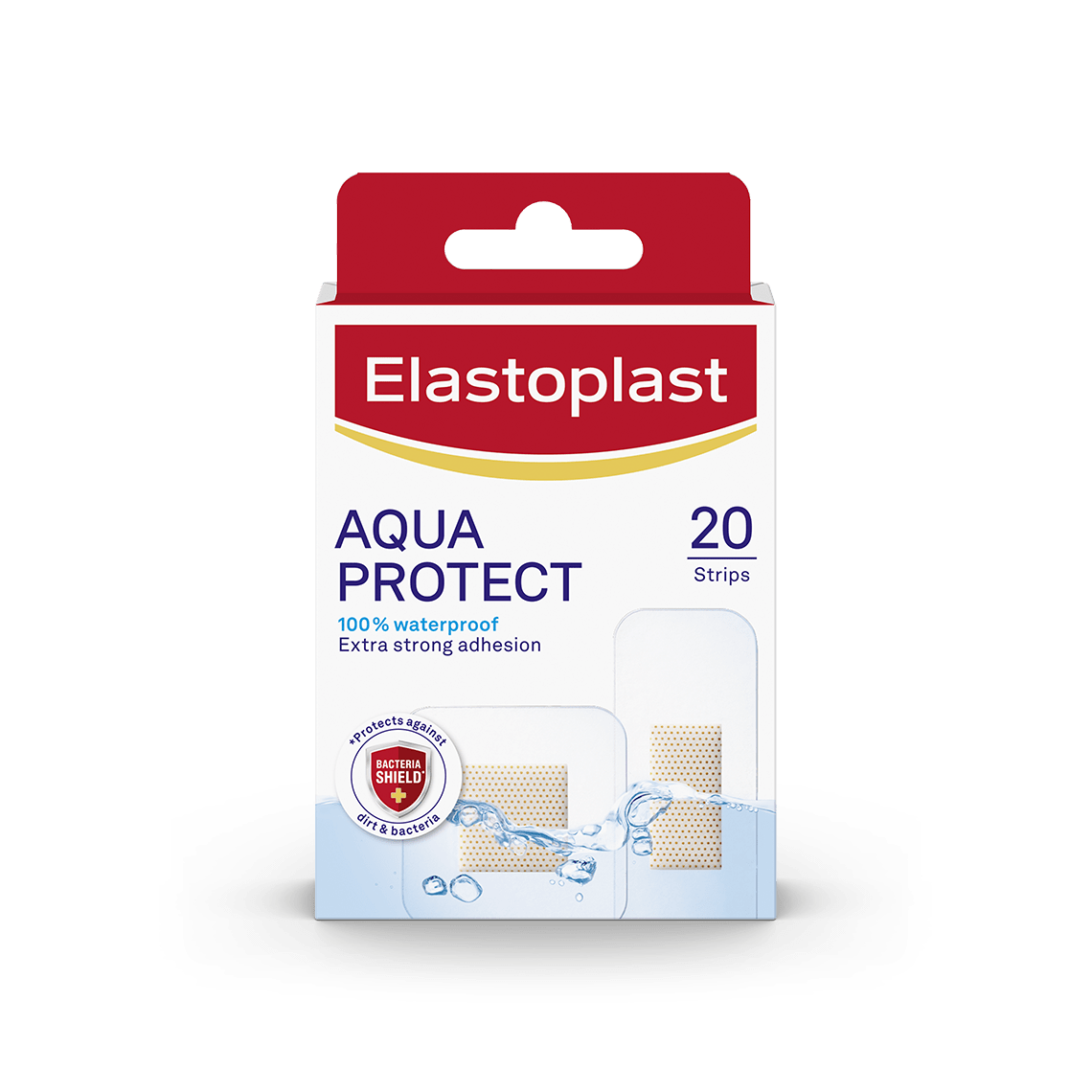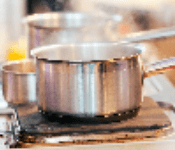Safety tips in the kitchen
There are a few ways to be smarter every time.
Here are some helpful tips ...
Handling knives and preparing food

This is the secret of any good chef. Tools should be up to top standard, anything that does not function properly or knives that are blunt should not have a place in your kitchen.
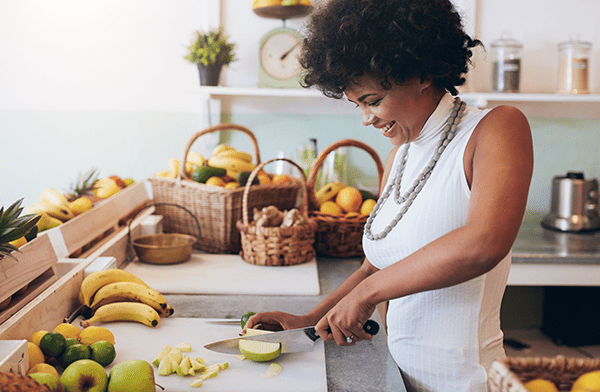
Cutting edge
Always make sure to keep your knives sharp: sharper blades cut better and don’t cause injuries as often. Sharpen them on a regular basis and hone in between sharpening. Blunt knives are dangerous and actually make cutting much more difficult. Of course you know that you should always cut away from your body when using a knife: It can slip and cut you if you don't.
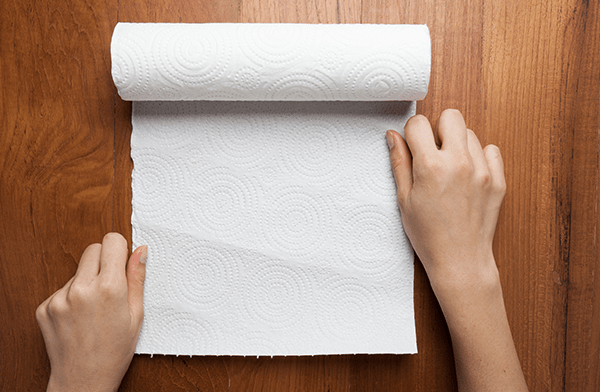
Wet paper towel for a better grip
Not only are cutting boards that slide on the counter annoying, they’re extremely dangerous when you’re holding a knife and trying to chop something. Wet a paper towel and lay it under the board and it won’t budge, even with harder-to-tackle things such as hard vegetables!
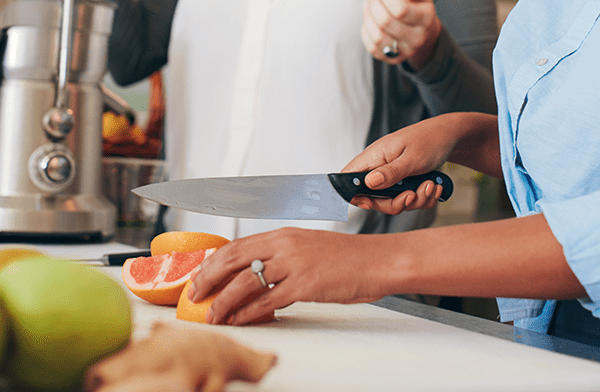
A good trick is to always cut the ends off onions, tomatoes, melons etc. (any food that does not stay stable on the cutting board) to give them a flat surface. This allows you to have complete control of the item as you chop.
A recipe for injury: When accidents are most likely to happen
This is the most important tip of all in the kitchen and every professional chef sticks to it. “Mise en place” is French for “everything in place”. What does it mean? Always know where your required tools and ingredients are. And before you start cooking, be organised and have everything at hand: all your ingredients measured, peeled, chopped, pots out, pans greased, tools handy, spices and herbs within reach. This will keep you from getting confused and running around looking for the ginger grater or strainer while your meat is already about to burn in the pan.
Kitchen checklist:
Clever wound care products to have around the kitchen

The Elastoplast Heavy Fabric Waterproof Plasters is ideal, as it is a flexible plaster that doesn’t get soaked. Check the Elastoplast range for other convenient essentials and solutions to have at hand, and store them in a kitchen drawer.

- Elastoplast Heavy Fabric Waterproof Plasters:
it’s flexible, strong, and won’t get soaked, so it will let you continue with all of your kitchen tasks – even if they involve water. - Elastoplast Clear Plasters:
perfectly shaped for the tip of your finger, so it will stay in place while you cut etc. - Elastoplast Wound Spray or Fabric Roll:
ideal treatment after you have burnt yourself. Use cold running water first, then apply. - Elastoplast Kitchen Kit:
offers multiple plaster sizes for various little mishaps in the kitchen – and is perfect when working around water
Last but not least – some more tips for hobby chefs:
Always see your doctor if the wound is deep, bleeding or shows signs of infection like reddening, swelling or warmth.
Also, make sure to seek medical help if you are not able to clean the wound properly.
In case you have diabetes, a proper wound care is of special importance. Always discuss any concerns you may have with your doctor and/or podiatrist, even for the care of minor wounds and skin cracks – especially on your feet.
Please note that none of the above given tips or recommendations substitute medical advice. Carefully read the instructions for use given in our products‘ packages. Important: consult a health professional in case of any uncertainty of treating your wound properly.
The information provided through this website should not be used to diagnose or treat a health problem or disease. It is not a substitute for professional care or advice. If you have or suspect a health problem, you should consult your doctor. Never disregard professional medical advice or delay in seeking it, because of something you have read on this website.
For further information regarding Elastoplast products, please contact us via email on Consumer care: ConsumerSA.External@beiersdorf.com or phone: 0860 102 091. Carefully read the instructions for use given in our products‘ packages.
